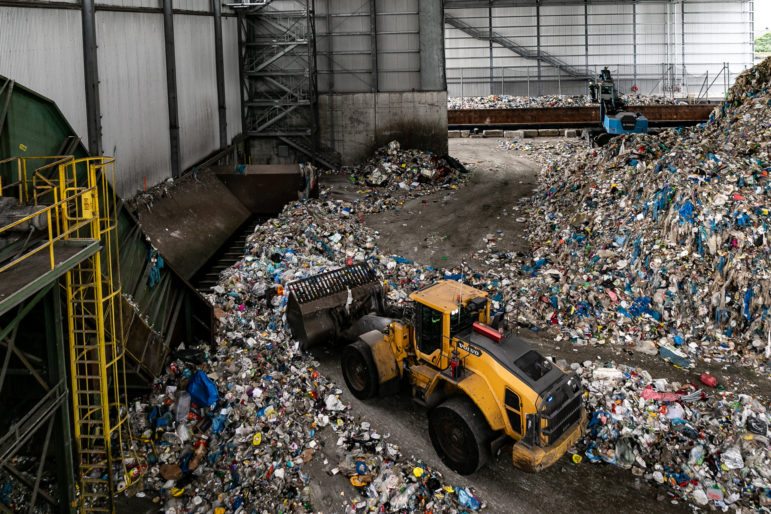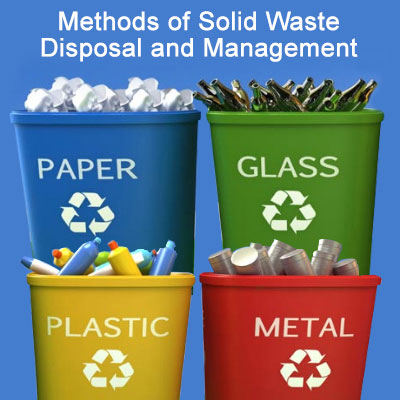Recycling Lives Services: A Complete Service for Corporate Recycling
Discovering Different Kinds of Waste in Modern Waste Monitoring Systems
The contemporary landscape of waste management involves browsing a complicated selection of waste types, each calling for specialized handling and disposal approaches to minimize ecological impacts. Local solid waste, harmful waste, digital waste, and natural waste each existing unique obstacles and possibilities for source recuperation. Cutting-edge remedies such as clever waste containers and waste-to-energy technologies are becoming essential tools in enhancing efficiency and sustainability. Understanding these waste types is important for fostering public awareness and encouraging energetic engagement in lasting practices. What techniques can successfully resolve these diverse sorts of waste while promoting a circular economy?
Municipal Strong Waste
Community solid waste, often described as family trash or garbage, incorporates a range of discarded products produced by household, industrial, and institutional sources within a municipality. This waste stream generally consists of products such as packaging, food scraps, yard trimmings, paper, plastics, fabrics, and discarded house items. The administration of metropolitan strong waste is an essential element of metropolitan preparation and public health, requiring efficient collection, transport, and disposal systems.
Effective waste monitoring systems are developed to reduce environmental effect while optimizing resource healing. This often includes a mix of techniques consisting of landfilling, recycling, and composting. Recycling programs target materials like paper, glass, steels, and particular plastics, diverting them from landfills and reintroducing them right into the manufacturing cycle. Composting organic waste, such as food scraps and lawn trimmings, not only decreases land fill use but likewise creates useful dirt modifications.
Municipalities should likewise attend to the financial and logistical difficulties connected with waste administration. Executing pay-as-you-throw systems, improving public understanding, and purchasing technology can considerably enhance waste diversion rates. By integrating these techniques, districts can cultivate lasting neighborhoods, decrease greenhouse gas emissions, and conserve all-natural sources.
Hazardous Waste

Efficient hazardous waste administration includes numerous crucial actions: recognition, therapy, disposal, and segregation. Identification involves the category of waste based upon its unsafe residential properties. Partition ensures that dangerous materials are kept individually from non-hazardous waste to avoid cross-contamination. Treatment methods, such as chemical neutralization, incineration, and stabilization, are utilized to minimize the poisoning, quantity, or flexibility of the waste. Disposal options, including protected garbage dumps and below ground storage space, are chosen to make sure long-lasting containment.
Regulative frameworks, such as the Resource Preservation and Healing Act (RCRA) in the United States, provide standards and requirements for contaminated materials management. Adherence to these laws, paired with innovations in waste treatment technologies, is essential in minimizing the dangers connected with hazardous waste.
Digital Waste
Digital waste, typically referred to as e-waste, stands for a quickly expanding difficulty in waste administration systems globally. This sort of waste encompasses thrown out digital devices and devices such as smartphones, computer systems, televisions, and various other electronic devices. The rapid rate of technological development, paired with decreasing item lifespans and customer demand for the current devices, has actually significantly raised the volume of e-waste generated yearly.
E-waste is especially bothersome due to its intricate structure, typically containing unsafe compounds like mercury, lead, and cadmium, straight from the source which pose considerable ecological and health and wellness threats if not properly taken care of. On the other hand, e-waste likewise contains beneficial materials such as silver, copper, and gold, which can be recovered and recycled. The double nature of e-waste-- both hazardous and useful-- necessitates specialized handling, recycling, and disposal processes.
Efficient e-waste administration includes rigid governing structures, durable collection systems, and progressed reusing modern technologies. Public recognition and engagement are essential, as incorrect disposal methods, such as unlawful unloading and casual recycling, aggravate environmental contamination and carcinogen. Boosting e-waste administration practices is vital for reducing ecological influence and recouping useful resources in an increasingly electronic globe.

Organic Waste
Organic waste, making up kitchen scraps, lawn trimmings, and farming residues, stands for a considerable section of the worldwide waste stream. This kind of waste is naturally degradable, suggesting it can be broken down by microbes right into less complex organic compounds. Despite its possibility for all-natural disintegration, improper administration of natural waste can lead to negative ecological impacts, consisting of the exhaust of greenhouse gases such as methane, which add to climate adjustment.
Effective administration of natural waste is crucial for lessening these ecological influences (recycling lives services). Composting is a widely embraced technique, changing organic waste into nutrient-rich compost that can improve dirt health and agricultural efficiency. Furthermore, anaerobic food digestion is an arising technology that converts organic waste into biogas, a sustainable power resource, and digestate, which can be used as fertilizer
Municipalities and waste administration entities need to apply durable natural waste collection and therapy programs to maximize the benefits of these processes. Public education campaigns can likewise play a critical role in motivating families and services to different natural waste from other sorts of waste. By prioritizing the administration of organic waste, societies can decrease landfill use, lower greenhouse gas emissions, and develop beneficial results for farming usage.
Cutting-edge Waste Monitoring
In the world of waste management, innovative approaches are transforming exactly how cultures manage their refuse, going for sustainability and effectiveness. These innovations incorporate a range of technologies and practices that enhance recycling rates, minimize landfill dependency, and lower ecological effect. One noticeable innovation is the implementation of smart waste bins equipped with sensors that keep track of fill levels and optimize collection routes. This not only decreases fuel consumption however also lessens check over here greenhouse gas exhausts.
One more noteworthy development is the fostering of waste-to-energy (WtE) innovations. By converting non-recyclable waste right into functional power with procedures such as incineration and anaerobic digestion, WtE lowers land fill problem and gives a renewable resource resource. Advancements in chemical reusing allow for the failure of complex plastics right into their original monomers, allowing the creation of new, high-grade plastic products.
In addition, the circular economic climate model is acquiring grip, emphasizing the style of items and systems that prioritize reusability and source performance. This holistic technique encourages industries to lessen waste generation from the outset. With these cutting-edge strategies, contemporary waste monitoring systems are not only attending to the this page prompt difficulties of waste disposal yet additionally leading the way for a much more lasting future.
Conclusion
An extensive understanding of local strong waste, contaminated materials, electronic waste, and organic waste, combined with the execution of cutting-edge waste management services, is critical for mitigating environmental effects. Incorporating modern technologies such as clever waste containers and waste-to-energy systems can boost performance and sustainability. Effective waste administration methods not just foster source recuperation yet additionally advertise public recognition and participation, ultimately adding to the growth of a round economic situation.
The modern landscape of waste monitoring entails browsing a complicated variety of waste kinds, each calling for specialized handling and disposal approaches to alleviate ecological effects. Community solid waste, hazardous waste, electronic waste, and organic waste each existing distinctive difficulties and chances for resource recovery.Electronic waste, commonly referred to as e-waste, represents a swiftly expanding challenge in waste management systems globally. Through these innovative strategies, modern waste management systems are not only attending to the immediate challenges of waste disposal yet additionally paving the way for an extra lasting future.
A detailed understanding of local solid waste, dangerous waste, digital waste, and organic waste, paired with the execution of ingenious waste management remedies, is imperative for minimizing environmental impacts. (recycling lives services)